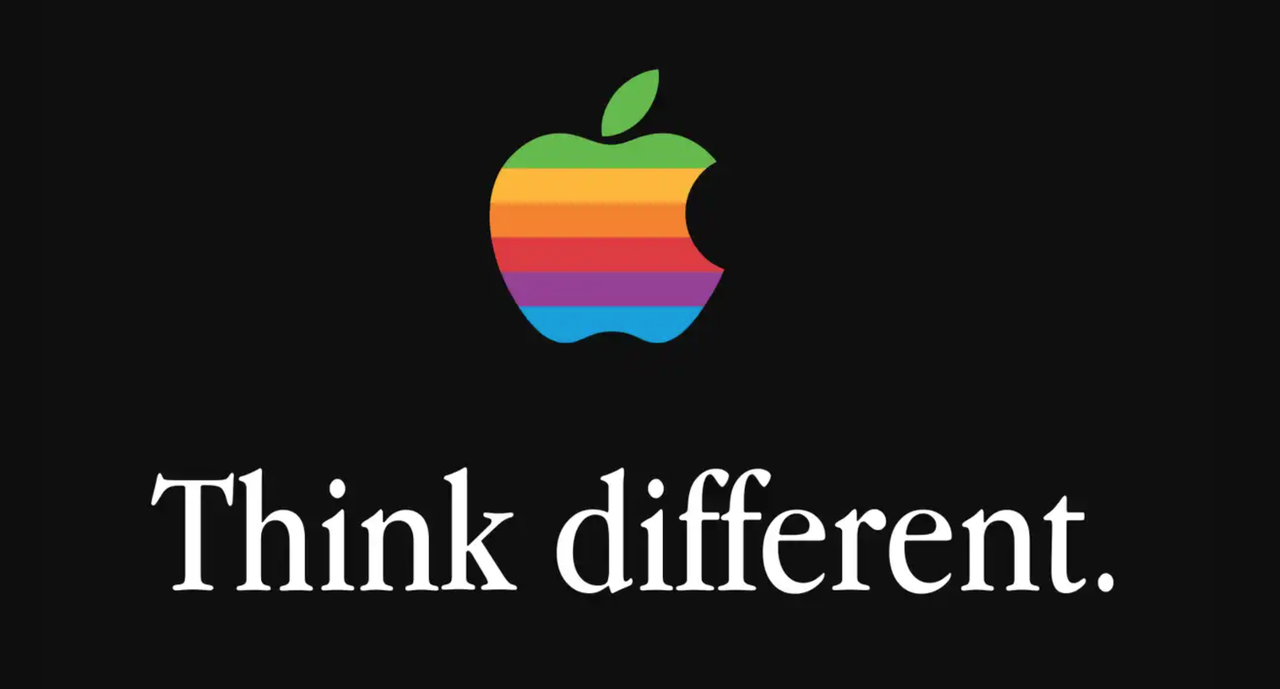How to be a copywriter

Welcome to our new series, where we ask the RKH team all about their roles: how they got here, what…

Like any profession, there are a few misconceptions about being a copywriter. At the very root of this is ‘what even is a copywriter?’, but that’s not really a misconception. If you’re a little confused about what a copywriter does, or even if you know exactly what one is, I thought it’d be useful to clear up some common misunderstandings.
This is true. If you’ve been taught to write, you can literally write; whether it’s any or good or not is the million-pound question. I can kick a football but I’m yet to field any phone calls from Arsenal asking me if I fancy £250k per week. There are skills involved in the job to help craft a piece of copy to capture attention and compel action; it’s not just a case of being able to write.
You need to be able to write impactful, informative copy that is enjoyable to read and easy to digest, and that’s before we get to refining your style according to platform, format, purpose and a whole bunch of other variables. Plus, it needs to sound like the client, which I’ll get onto in the next section.
Writing does take up the bulk of our time, but another key part of copywriting is research. We need to read and learn about the subject we’re being asked to write about, otherwise our copy isn’t going to be of much use to anyone. As well as the topic at hand, we also need to familiarise ourselves with the brand we’re writing for - it needs to sound like them and it needs to serve their needs. Creating brand guidelines helps to do that; a client might not have their own guidelines set up, or their existing ones might be a little outdated. By researching a brand’s audience, their goals and their industry, we can develop a new ‘voice’ for the brand to help them sound authentic and capture audience attention.
Wrong! Obviously, having a good vocabulary is pretty important for being a copywriter, but I often look for alternatives and inspiration when it comes to language. Not only does it help freshen up whatever I’m writing at the time, but it also stores another word or two in my brain for future reference.
Wrong again! The complex rules of the English language can trip anyone up, and I’ve fallen foul of a misplaced comma or hyphen many times. These kinds of mistakes show the importance of proofreading, too; it’s always helpful to have a fresh pair of eyes look over your work. If you’re reviewing something you’ve just spent hours writing, you’re likely to skim read it and miss some typos or grammatical errors. With that said, this next point might seem a little contradictory…
Copywriters shouldn’t be afraid to break the odd rule if it helps a message hit home. Many world-famous slogans, taglines and advertising campaigns have been based on words or phrases that aren’t grammatically correct. Perhaps one of the most famous examples comes from Apple; its ‘Think Different’ slogan is actually grammatically incorrect - it should be ‘Think Differently’ - but Craig Tanimoto, Art Director at advertising agency TBWA/Chiat/Day pitched an alternative. Steve Jobs agreed, as he felt 'Different' would make the slogan sound more colloquial, like 'think big'.
The slogan was used from 1997-2002 and it was hugely successful, winning multiple awards, and it was still being printed on the back of iMac packaging as recently as 2020. You can read a first-hand account of the creation of the Think Different campaign here. It's told by Rob Siltanen, who was creative director of TBWA/Chiat/Day at the time.

This one is understandable; copy is part of digital marketing and digital marketing is a results-based business. However, unlike other elements of digital marketing, like SEO or PPC, the performance of copy is not black and white. With paid advertisements, for example, they either work or they don’t, and their performance is measured by clicks and rankings.
With copy, not every piece is designed to push a brand up the SERPs or directly drive sales. Articles, features and content can be written for various reasons - to inform, to entertain or to build trust, for example - and you should establish the goal of your copy and measure it based on that. For example, you’ve identified a customer pain point with your products, you develop a range of instructional articles to ensure the product is used correctly. If the number of complaints reduce then the goal has achieved it’s goal without driving sales.
Hopefully that's helped clear up any misconceptions you've heard, or if you're a copywriter who's been the subject of such misconceptions, you might be able to send people this blog. Copywriting is more than just words on a screen, and it’s more than just writing to fill space. Whether you’d like to educate your audience or compel them to take action, you need carefully researched copy that is written by a copywriter who can take your brief and turn it into copy that does exactly what you need it to do.
We can do that. Click below to find out more.
Copywriting by RKH